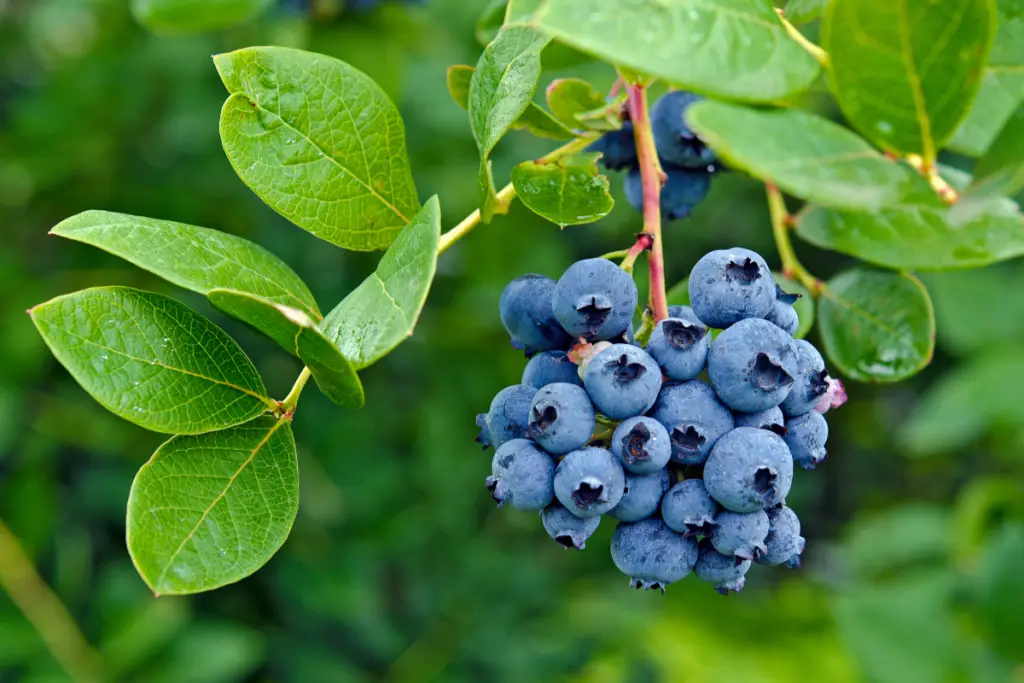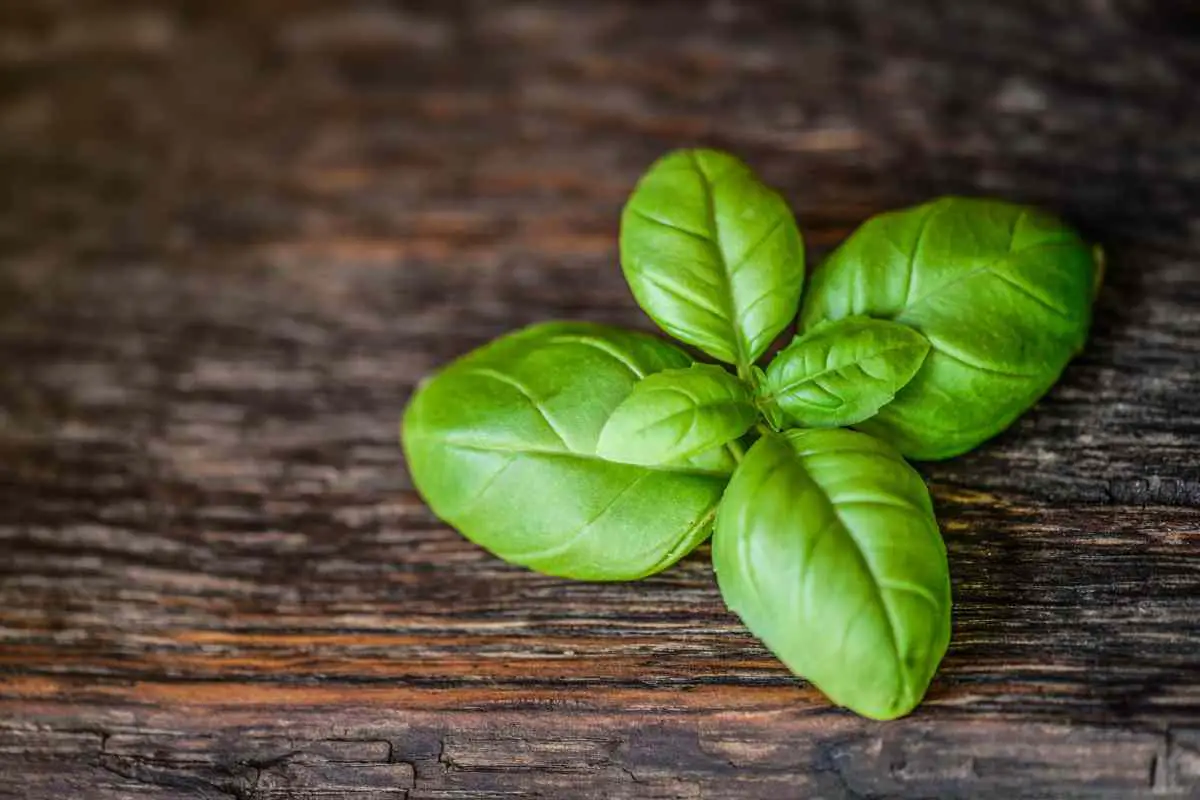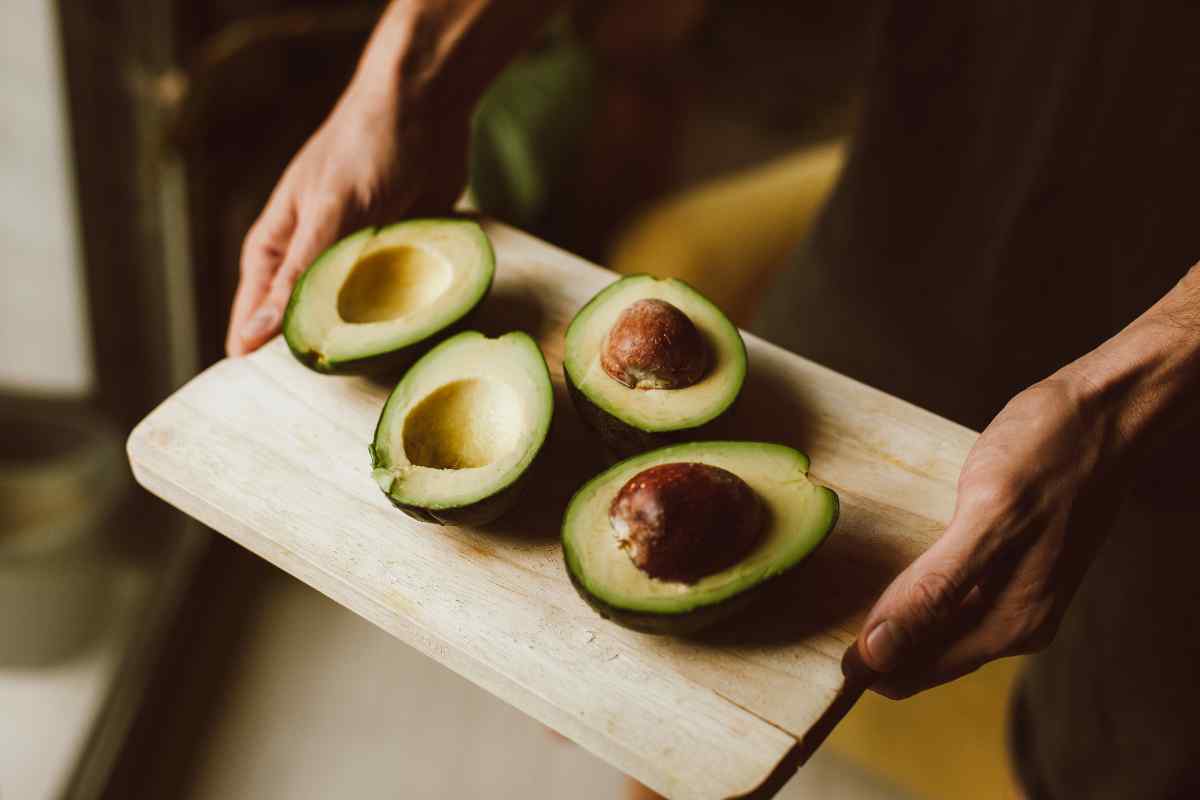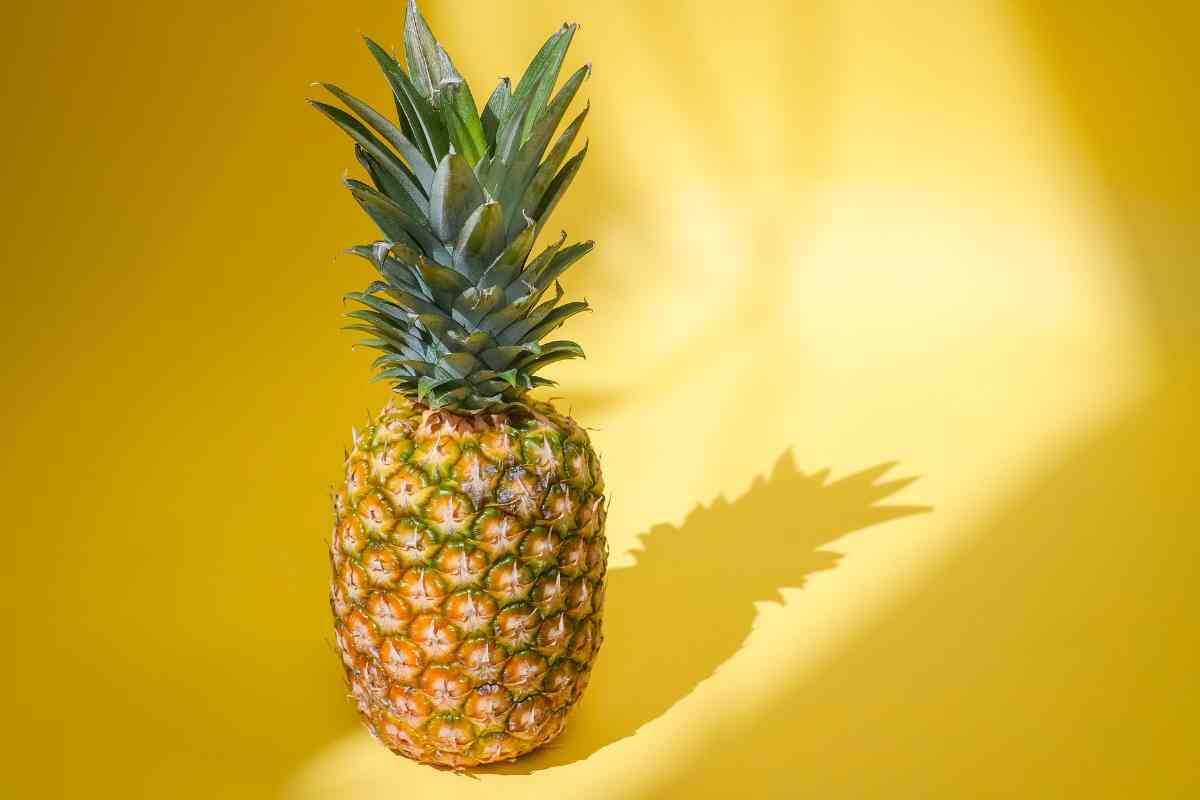Blueberries are a popular fruit that can be found in many dishes, from pies to smoothies. However, despite their name, blueberries are not actually blue.
The skin of a blueberry may appear to be a shade of evening blue, but when opened or mashed, a deep purple color is released from the flesh.
According to GardenFine, blueberries are classified in the section Cyanococcus within the genus Vaccinium, which also includes cranberries, bilberries, huckleberries, and Madeira blueberries.
Blueberries are a widely distributed and widespread group of perennial flowering plants with blue or purple berries.
The color of the inside flesh of blueberries can be very different from the color of the skin, and it can range from green to yellow or even white.
While the color of blueberries may not be as straightforward as their name suggests, they are still a nutritious and delicious fruit.
Blueberries are known for their high levels of antioxidants and other beneficial nutrients, making them a popular choice for health-conscious individuals.
Whether eaten on their own or added to recipes, blueberries are a versatile and flavorful fruit that can be enjoyed in many ways.

Table of Contents
Are Blueberries Blue or Purple?
Blueberries are a popular fruit that is enjoyed by many people around the world. One question that often arises is whether blueberries are blue or purple. The answer is that they are both.
Blueberries have a unique color that is a mixture of blue and purple hues.
The color is caused by a pigment called anthocyanin, which is responsible for the blue and purple coloration of many fruits and vegetables.
The exact shade of blueberry can vary depending on the variety, growing conditions, and ripeness of the fruit.
It is important to note that blueberries are not the only fruit that contains anthocyanin. Other fruits such as grapes, blackberries, and raspberries also contain this pigment.
However, blueberries are one of the most well-known fruits that contain anthocyanin, and they are also one of the most popular.
The anthocyanin in blueberries not only gives them their unique color but also provides a number of health benefits.
Anthocyanin is a powerful antioxidant that can help protect the body against damage from free radicals.
It has also been linked to a reduced risk of heart disease, cancer, and other chronic diseases.
Overall, blueberries are both blue and purple. The unique coloration of blueberries is caused by the presence of anthocyanin, a pigment that provides a number of health benefits in addition to its coloration.
The Science Behind Colors in Fruits
Fruits come in a variety of colors, from bright red to deep purple, and everything in between.
The color of a fruit is determined by a combination of factors, including the presence of pigments, the structure of the fruit, and the way light interacts with it.
Anthocyanins in Blueberries
One of the primary pigments responsible for the color of blueberries is anthocyanin. Anthocyanins are water-soluble pigments that give fruits and vegetables their red, purple, and blue hues.
In blueberries, anthocyanins are responsible for the fruit’s characteristic blue color.
The amount of anthocyanin in a blueberry can vary depending on a number of factors, including the variety of the blueberry, the ripeness of the fruit, and the growing conditions.
As blueberries ripen, the amount of anthocyanin in the fruit increases, which can result in a deeper, more intense blue color.
How Light Affects Color Perception
The way light interacts with a fruit can also affect its perceived color. When light hits a fruit, some wavelengths are absorbed while others are reflected.
The wavelengths that are reflected determine the color that we see.
For example, if a blueberry absorbs all wavelengths of light except for blue, the fruit will appear blue to our eyes. However, if the lighting conditions change, the color of the fruit may appear different.
For example, if a blueberry is viewed under a yellow light, the fruit may appear more purple than blue.
The Role of pH Levels
The pH level of a fruit can also affect its color. pH is a measure of how acidic or alkaline a substance is, and it can have a significant impact on the color of fruits and vegetables.
In blueberries, the pH level of the fruit can affect the color of the anthocyanin pigments. When the pH level is low, the anthocyanins appear more red, while a high pH level can result in a more blue color.
Overall, the color of a fruit is determined by a complex interplay of factors, including pigments, structure, and light. In blueberries, anthocyanins are the primary pigments responsible for the fruit’s blue color, while the way light interacts with the fruit and the pH level can also affect its perceived color.
Cultural Interpretations of Color
Colors have different meanings and interpretations across various cultures. In Western cultures, purple is often associated with royalty and luxury.
The color purple was historically difficult to produce and was therefore reserved for the wealthy.
In England and France, royal figures were often portrayed wearing purple robes, further cementing the association between the color and royalty.
In some African cultures, purple is associated with death and mourning. In Egypt, purple was used to represent the afterlife and was often used in burial ceremonies.
In Japan, purple is associated with wealth and nobility, while in Thailand, it is associated with mourning and funerals.
Blue, on the other hand, is often associated with calmness, tranquility, and stability. In many cultures, blue is also associated with trust and loyalty.
In Hinduism, blue is associated with the god Krishna, who is often depicted in blue. In China, blue is associated with immortality and is often used in art to represent the heavens.
It is interesting to note that despite its name, blueberries are not actually blue. The color of blueberries is caused by anthocyanin, a pigment that can range in color from red to purple to blue, depending on the pH level of the fruit.
When blueberries are crushed or cooked, the anthocyanin pigment is released, causing the fruit to turn a deep shade of purple.
Overall, the interpretation of color varies greatly across different cultures and can have a significant impact on how colors are used and perceived.
The Impact on Nutrition
Nutrition Value of Blueberries
Blueberries are a superfood, rich in antioxidants, vitamins, and minerals. They are low in calories, high in fiber, and contain no fat or cholesterol. According to Healthline, one cup (148 grams) of fresh blueberries contains:
- Calories: 84
- Carbohydrates: 21 grams
- Fiber: 4 grams
- Protein: 1 gram
- Fat: 0.5 grams
- Vitamin C: 24% of the Daily Value (DV)
- Vitamin K: 36% of the DV
- Manganese: 25% of the DV
Blueberries are also a good source of other essential vitamins and minerals, including vitamin E, vitamin B6, and potassium.
Does Color Influence Nutritional Content?
Many people wonder whether the color of blueberries affects their nutritional content. While blueberries are commonly referred to as “blue,” they are actually a deep shade of purple.
The color of blueberries comes from anthocyanins, a type of flavonoid that gives them their antioxidant properties.
According to the Mayo Clinic Health System, the anthocyanins in blueberries may help protect the body from heart disease and type 2 diabetes, offer cancer-fighting benefits, promote gut health, and reduce inflammation.
Research also suggests that regularly eating blueberries may improve memory and delay age-related cognitive decline.
In conclusion, the color of blueberries does not affect their nutritional content. Whether they are blue or purple, blueberries are a nutrient-dense food that can provide numerous health benefits.
Conclusion
In conclusion, blueberries are not strictly blue. Instead, they are a rich mixture of blue and purple hues that add visual appeal and provide essential nutritional benefits.
The color of blueberries comes from the anthocyanin pigment, which is especially rich in blueberries.
Anthocyanins are powerful antioxidants that help keep people healthy by absorbing ultraviolet (UV) light and making this dark blue/purple color, which will attract bees for pollination and help the plant grow.
Recent research has shown that blueberries contain a large number of phytochemicals, including abundant anthocyanin pigments.
These phytochemicals have been linked to a range of potential health benefits, including improved cardiovascular health, reduced risk of cancer, and improved cognitive function.
While blueberries are often consumed fresh or used in baked goods, they can also be found in a range of other products, including jams, jellies, and juices.
When purchasing blueberry products, it is important to read the label carefully to ensure that they contain real blueberries and not just artificial flavors or colors.
Overall, blueberries are a delicious and nutritious fruit that can be enjoyed in a variety of ways.
Whether you are eating them fresh or incorporating them into your favorite recipes, blueberries are a great way to add a pop of color and flavor to your diet while reaping the potential health benefits that they offer.
- How to Dry Basil Leaves: A Professional Guide
- Is an Avocado a Fruit or Vegetable? Simple Answer and Explanation
- Does Pineapple Have Seeds? Exploring the Anatomy of Pineapples
- Blooming Through Winter: Can I Grow Vegetables Indoors in the Winter?
- What Can You Grow in a Greenhouse All Year Round: A Guide to Year-Round Greenhouse Gardening
- Are Blueberries Blue? Debunking the Myth of Their Color
















